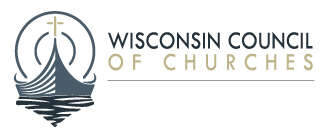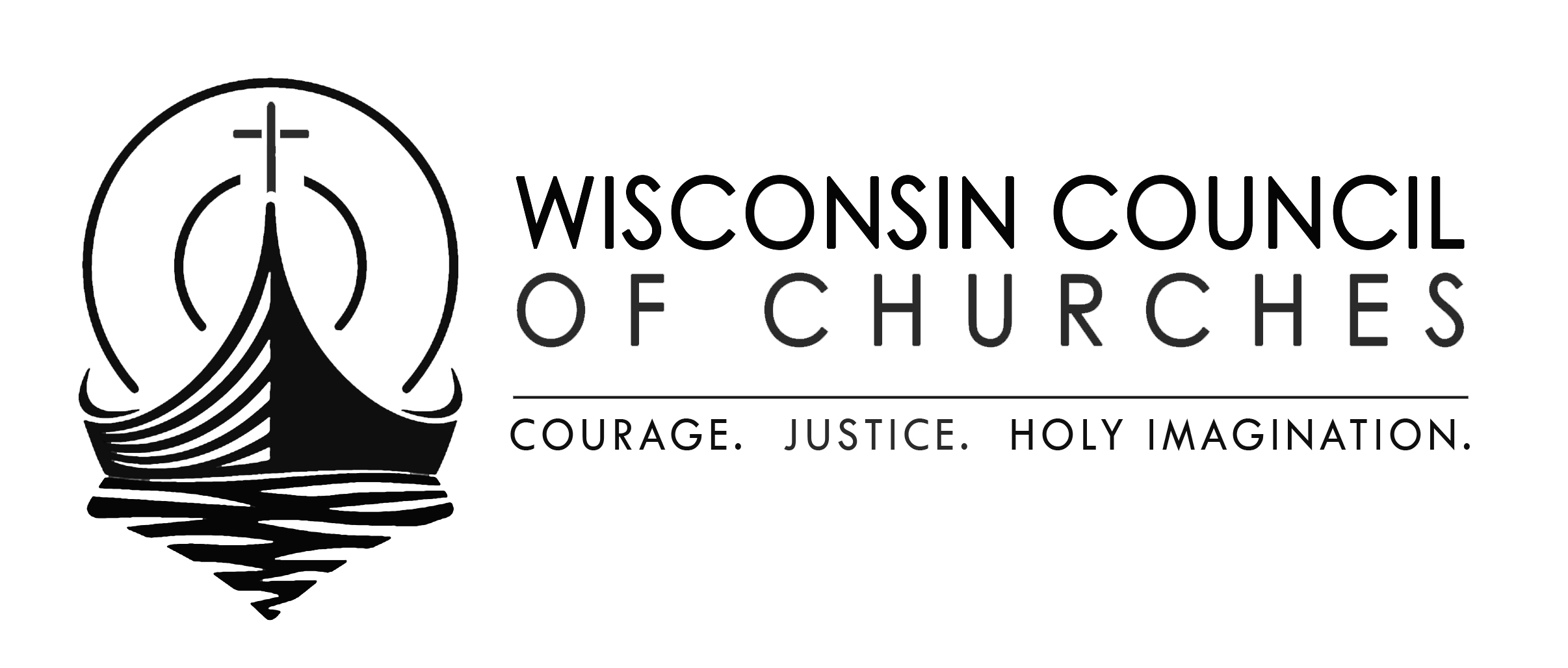Back to masking
Mask mask, baby
Today (or tomorrow, if you’re reading this early), the WCC will issue an advisory call to return to masking:
The Wisconsin Council of Churches strongly encourages congregations to return to using masks in worship and other gatherings. The current wave of COVID and other respiratory virus infections calls for increased caution and use of mitigation strategies.
We’ve known all fall that a wave of COVID and other respiratory viruses was on the way. The question was always how big that wave would be.
Big
The tentative answer is: big. Going by viral loads in wastewater, we’re in the second-highest COVID surge after the Omicron wave. Wastewater levels are much higher than they have been in previous years. Wisconsin, meanwhile, is significantly higher than national and regional trends.
There are some limits to what wastewater can tell us, mostly because we don’t have a good baseline to compare with current data. Even so, there’s a lot of COVID going around, that much is not in dispute. Much of the increase is due to the new JN.1 variant, which is now the dominant strain in the U.S.
Add to that very high levels of Influenza-like illnesses and RSV just past its peak, and you have a recipe for a whole lot of sickness. That again matches what we see in Wisconsin. Health authorities here report that “Influenza, RSV, and COVID are circulating widely.”
Sadly, that also means that there have been 3 pediatric deaths from RSV in Wisconsin since November. Take these viruses seriously!
The good news
We may be at the peak of the respiratory virus season, or just before it. (It is possible that we’ll see a couple more “humps” though.) Cases tend to spike after holiday gatherings, then go back down as we move into warmer weather. If we can hold on for a few weeks, we should be in a much better place.
Another bright-ish spot: we’re doing a better job these days of keeping COVID patients out of the hospital. So those sharp increases in infections, while certainly miserable, might not be as bad as they were in previous years. That said, hospital admissions are increasing, which isn’t good.
So what?
There are two primary ways to get through in one piece until spring arrives:
- Mask up. We strongly encourage congregations to go back to using masks in worship and other gatherings. Is it foolproof? No. Is it awkward? Yes. Something people feel like they shouldn’t have to do any more? Oh my, yes. But is it the easiest, most effective way to prevent us from making one another sick? Heck yeah! It doesn’t have to be permanent or open-ended: masking through the first Sunday in Lent (February 18) should be plenty effective. We can reassess at that point.
- Get vaccinated. A big part of why we’re here is that vaccination rates are terrible. Only 45% of adults have gotten the annual flu booster, and just 19% have received the new COVID shot. For kids, those numbers are even lower. It’s not too late to get a booster shot, and it’s a powerful way to keep yourself and the people around you safe and healthy. The COVID boosters are also a way to dramatically lower your chances of getting long COVID. That’s a good thing, you want to avoid that.
To those short-range tactics, I’d add one longer-ranger strategy:
- Care. It’s tough sticking with best practices in a world that’s by and large decided that COVID is done. It is exactly the business of the church to model persistence in the face of challenges, to show extra care when no one else will. We at the WCC are grateful for all that you’ve done so far, and what you continue to do for your communities.
The Links
Just one link this week: an announcement for a webinar on Anxiety in the Pulpit and the Pews: Moving Toward Healing and Peace.




